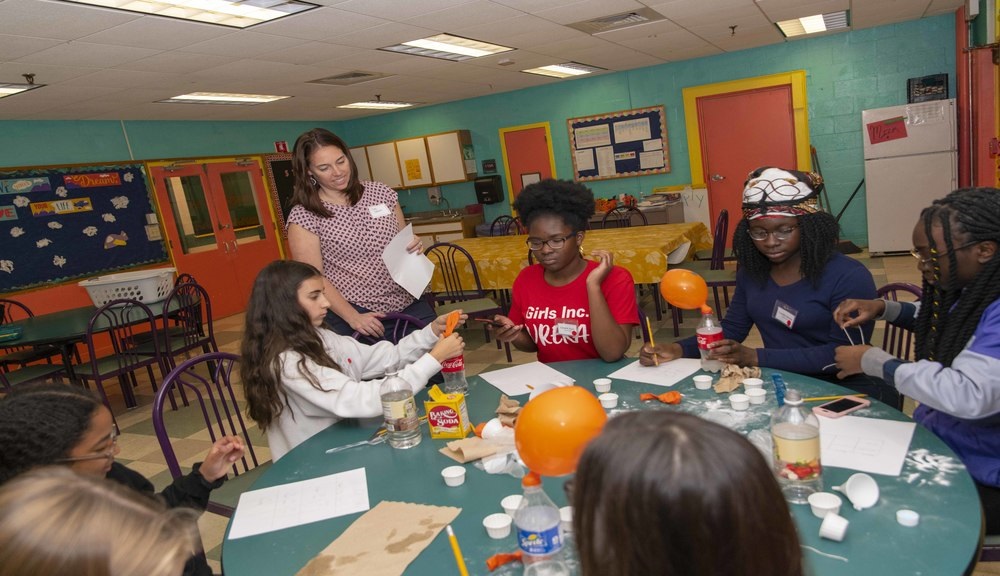Calling it “the missing link between departments and undergraduate research,” the WPI Undergraduate Research Journal, or WURJ, is up and running, but still very much in its organizational stages, says editor Ross Lagoy. A third-year PhD student in biomedical engineering, Lagoy says the journal is a place where undergraduates can showcase their research work, whether it be in the form of an IQP, ISP, MQP, or even summer or class projects.
“There was no peer review research journal where undergrads could submit work in from class, from labs, or from over the summer,” says Lagoy, who said he first saw such a publication at MIT, and thought it was a great idea, with myriad benefits.
In addition to the undergrads getting a chance to exhibit their work and their findings — and getting some practice in submitting papers — the journal could also be a helpful tool for recruiting those considering attending WPI, giving them a better idea of students’ work. Journal submissions are reviewed by graduate students, who get valuable evaluation experience as part of the process, Lagoy says.
The concept of graduate students making the decisions on which submitted items get published does more than help the panel with evaluation skills, says Lagoy. It also keeps the journal’s quality high if submissions have to pass certain criteria to get published, he says.
Promotion stages
Dalia Shendi, a second-year PhD student in biomedical engineering, handles publicity for the WURJ. She says the journal team is examining the best avenues with which to spread the word. “I feel like we could do a lot more” in terms of promotion, not only for submissions, but for team members as well, she said. “It would be great if we incorporated it as a requirement after completion of any project, such as making it a requirement for MQP students to submit an abstract to the journal.”
Findings in one discipline could potentially be applied to another, Lagoy pointS out, where previously there was not a way to get this information — not easily, anyway.
The WURJ is completely organized by graduate students, and advisor Art Heinricher. Terri Camesano, and President Leshin have offered great support to the journal initiative, said Lagoy, who met with each of them last year on the proposal.
The initial issue — launched last spring — contained presentations such as Phlebot: The Robotic Phlebotomist, by Paulo Carvalho, Anurag Kesari, and Sean Weaver, and Design of a Fibrin-Based Micro Vascular Network for the Module Design of a Cardiac Patch, by Keith Gagnon, Thomas Moutinho, Alyssa Bornstein, and Kevin Reyer.
Lagoy and Shendi are looking for grad students from other departments to get involved in the review process, and for undergraduate students to send in submissions at wurj@wpi.edu. The current submission deadline has been extended to April 30 for this spring’s issue. For more details and a link to the inaugural issue, click here: https://www.wpi.edu/academics/ugradstudies/resear70.html
– By Susan Shalhoub


